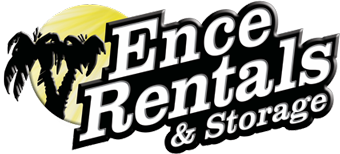Adding an Attached Greenhouse to Your House
Provide heat and help insulate your house
A greenhouse is like an extra blanket to your home. By placing the greenhouse on the south side of your home, the sun will naturally heat this space throughout the day, keeping the plants inside warm and providing a way for the temperature to rise in your house without the heating bill going up. Test temperatures throughout the winter to make sure they don’t fall below 36F at night to prevent frost from forming on your plants. If it does, you can install a thermostat or inexpensive heating system in the green house to only kick on when the temperature drops low. You can even use a small space heater to only come on at a set temperature to heat the space for your plants. However, living in St. George with a lack of snow, the climate of St. George favors growing plants in the greenhouse in the winter.
Fresh plants, all year long
With a greenhouse, gone are the days when you mourn the coming winter and your slumbering garden once fall is over. You get the benefits of planting and harvesting no matter what the temperatures are outside. For those who have a green thumb – or even those that don’t – this will make it easier to keep plants alive and improve your gardening skills throughout the year. You can treat your greenhouse as your own marketplace, even during the coldest months of winter, to step into your greenhouse to get what you need.
 Use it during the summer, too
Use it during the summer, too
While many gardens find their way outside during the summer, you can still use your greenhouse during the summer. While greenhouses can get quite warm during the summer for some plants to grow, you can plant heat-tolerant plants like tomatoes, cucumbers, eggplants, melons, peppers, and basil. This leaves more room to grow more plants in your garden outside, bringing a wider variety of crops to your home once the harvest season comes around.
More space
A greenhouse is essentially a glass shed attached to your house. You can use it to store all of your gardening or other outdoor supplies – even a place to store extra food for your animals, or a small food storage for you and your family. If you want to use your greenhouse seasonally, during the off-season when you aren’t using it to grow plants, you can use it for storage.
Use it as a living space
For those favoring the aesthetic functionality of a greenhouse, you can simply use it as another living space, or use it as a hybrid space for growing plants and as a living space. Since it’s not exposed to the weather, you can furnish the area as a hangout area, or simply put a bench out there for a space to sit while gardening.
Use recycled materials to reduce the cost
By using recycled material and building the greenhouse yourself, you can reduce the cost of a greenhouse to a fraction of what it would normally be. Be sure to do thorough research on the placement of the greenhouse. If you plan it far enough in advance, you can slowly accumulate the materials used or at a reduced price.


